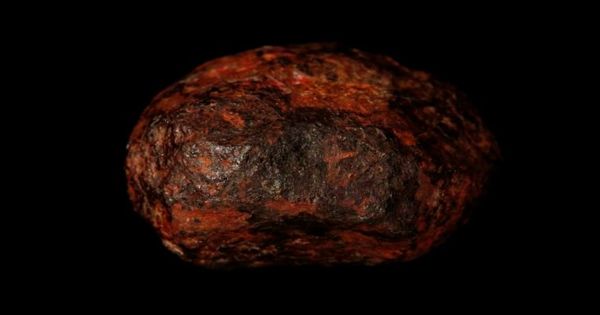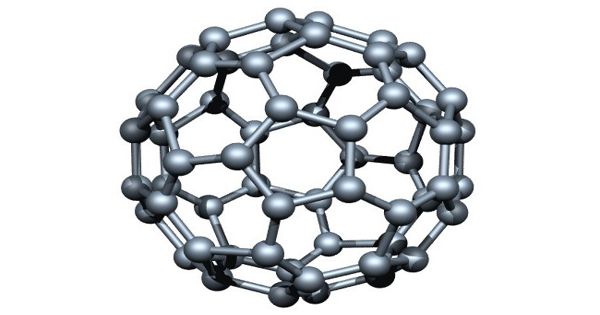Aluminium Phosphate (AlPO4) is a chemical compound, and it is found in some minerals and used by the chemical as a catalyst and by the pharmaceutical industry to obtain chemotherapeutics drugs. Many synthetic varieties of aluminium phosphate are known. Commercial aluminium phosphate gel is accessible.
Aluminium phosphate occurs in nature as the mineral, berlinite. Also, it occurs in nature in minerals, amblygonite, (NaAl(PO4)(OH)); augelite, (Al2(PO4)(OH)3); lazulite, ((Mg,Fe)Al2(PO4)2(OH)2); variscite ((Al,Fe3+)(PO4)•2H2O); and wavellite, (Al3(OH)3•(PO4)2•5H2O). It is used as a flux for ceramics; as cement together with salt and sodium silicate; and within the manufacture of special glasses. It’s also utilized in dried gel and therapeutically as an antacid.
Chemical Properties of Aluminium Phosphate (AlPO4) –
Aluminium phosphate reacts with hydrochloric acid forming phosphoric acid and aluminium trichloride.
AlPO4 + 3HCl → AlCl3 + H3PO4
Aluminium phosphate reacts with magnesium chloride forming magnesium phosphate and aluminium trichloride.
2AlPO4 + 3MgCl2 → Mg3(PO4)2 + 2AlCl3
Physical properties of Aluminium Phosphate (AlPO4): White powdery solid (rhombic plate); the mineral berlinite (AlPO4) has hexagonal quartz-like structure; refractive index 1.546; mp > 1,500°C; density 2.566 g/cu3; insoluble in water and alcohol; Ksp 9.83×10-10 very slightly soluble in HCl or HNO3.
AlPO4 is isoelectronic with Si2O4, silicon dioxide. Berlinite looks like quartz and has a structure that is similar to quartz with silicon replaced by Al and P. The AlO4 and PO4 tetrahedra alternate. Like quartz, AlPO4 exhibits chirality and piezoelectric properties. Crystalline AlPO4 (berlinite) when heated, converts to tridymite and cristobalite forms, and this mirrors the behavior of silicon dioxide.
Aluminium phosphate (AlPO4) mostly exists in nature as the anhydrous salt AlPO4. The dihydrate and pentahydrate forms also exist in nature: AlPO4.2H2O and AlPO4.5H2O. The molecule is formed by the phosphate an anion PO43- and the aluminium cation Al3+. The anhydrous salt structure is very similar to other minerals as quartz, with a trigonal crystal system, however, the dihydrate form is similar to NaCl structure and 6 cations coordinated to 6 anions and viceversa. A synthetic hydrated form, AlPO4·1.5H2O is also known.
Aluminum phosphate adjuvant is meant to be used in parenteral vaccines and is usually considered safe. It should cause mild irritation, dryness, and dermatitis on skin contact. It’s going to also cause redness, conjunctivitis, and short-term mild irritation on eye contact. Ingestion of enormous amounts of aluminum phosphate adjuvant may cause respiratory irritation with nausea, vomiting, and constipation. Inhalation is unlikely, although the dried product may cause respiratory irritation and cough. Type I hypersensitivity reactions following parenteral administration have also been reported.
Aluminium phosphate (AlPO4) is used in electrical and electronic industries due to its properties as piezoelectric material. It is also used in the production of rubbers and adhesive. Aluminium phosphate is a component of the most used antiacids. Aluminium phosphate-carbonate gels were also used in a water suspension of hydroxy aluminium carbonate with orthophosphoric acid. It is also used as a flux in ceramics; in dental cement; in the manufacture of special glasses, paints and varnishes, and cosmetics.
Information Sources:
















